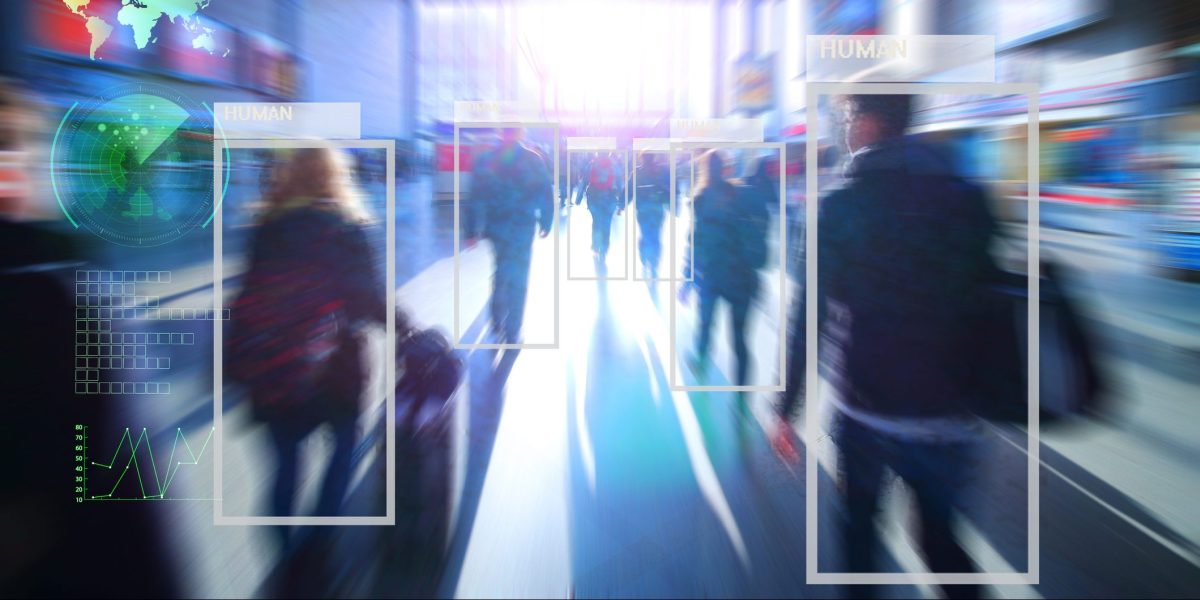It’s no secret that AI is everywhere, yet it’s not always clear when we’re interacting with it, let alone which specific techniques are at play. But one subset is easy to recognize: If the experience is intelligent and involves photos or videos, or is visual in any way, computer vision is likely working behind the scenes.
Copyright by venturebeat.com
 Computer vision is a subfield of AI, specifically of machine learning. If AI allows machines to “think,” then computer vision is what allows them to “see.” More technically, it enables machines to recognize, make sense of, and respond to visual information like photos, videos, and other visual inputs.
Computer vision is a subfield of AI, specifically of machine learning. If AI allows machines to “think,” then computer vision is what allows them to “see.” More technically, it enables machines to recognize, make sense of, and respond to visual information like photos, videos, and other visual inputs.
Over the last few years, computer vision has become a major driver of AI. The technique is used widely in industries like manufacturing, ecommerce, agriculture, automotive, and medicine, to name a few. It powers everything from interactive Snapchat lenses to sports broadcasts, AR-powered shopping, medical analysis, and autonomous driving capabilities. And by 2022, the global market for the subfield is projected to reach $48.6 billion annually, up from just $6.6 billion in 2015.
The computer vision story follows that of AI overall. A slow rise full of technical hurdles. A big boom enabled by massive amounts of data. Rapid proliferation. And then growing concern over bias and how the technology is being used. To understand computer vision, it’s important to understand how it works, how it’s being used, and both the challenges it overcame and the ones it still faces today.
How computer vision works
Computer vision allows computers to accomplish a variety of tasks. There’s image segmentation (divides an image into parts and examines them individually) and pattern recognition (recognizes the repetition of visual stimuli between images). There’s also object classification (classifies objects found in an image), object tracking (finds and tracks moving objects in a video), and object detection (looks for and identifies specific objects in an image). Additionally, there’s facial recognition, an advanced form of object detection that can detect and identify human faces. […]
Read more: venturebeat.com


It’s no secret that AI is everywhere, yet it’s not always clear when we’re interacting with it, let alone which specific techniques are at play. But one subset is easy to recognize: If the experience is intelligent and involves photos or videos, or is visual in any way, computer vision is likely working behind the scenes.
Copyright by venturebeat.com
Over the last few years, computer vision has become a major driver of AI. The technique is used widely in industries like manufacturing, ecommerce, agriculture, automotive, and medicine, to name a few. It powers everything from interactive Snapchat lenses to sports broadcasts, AR-powered shopping, medical analysis, and autonomous driving capabilities. And by 2022, the global market for the subfield is projected to reach $48.6 billion annually, up from just $6.6 billion in 2015.
The computer vision story follows that of AI overall. A slow rise full of technical hurdles. A big boom enabled by massive amounts of data. Rapid proliferation. And then growing concern over bias and how the technology is being used. To understand computer vision, it’s important to understand how it works, how it’s being used, and both the challenges it overcame and the ones it still faces today.
How computer vision works
Computer vision allows computers to accomplish a variety of tasks. There’s image segmentation (divides an image into parts and examines them individually) and pattern recognition (recognizes the repetition of visual stimuli between images). There’s also object classification (classifies objects found in an image), object tracking (finds and tracks moving objects in a video), and object detection (looks for and identifies specific objects in an image). Additionally, there’s facial recognition, an advanced form of object detection that can detect and identify human faces. […]
Read more: venturebeat.com
Share this: